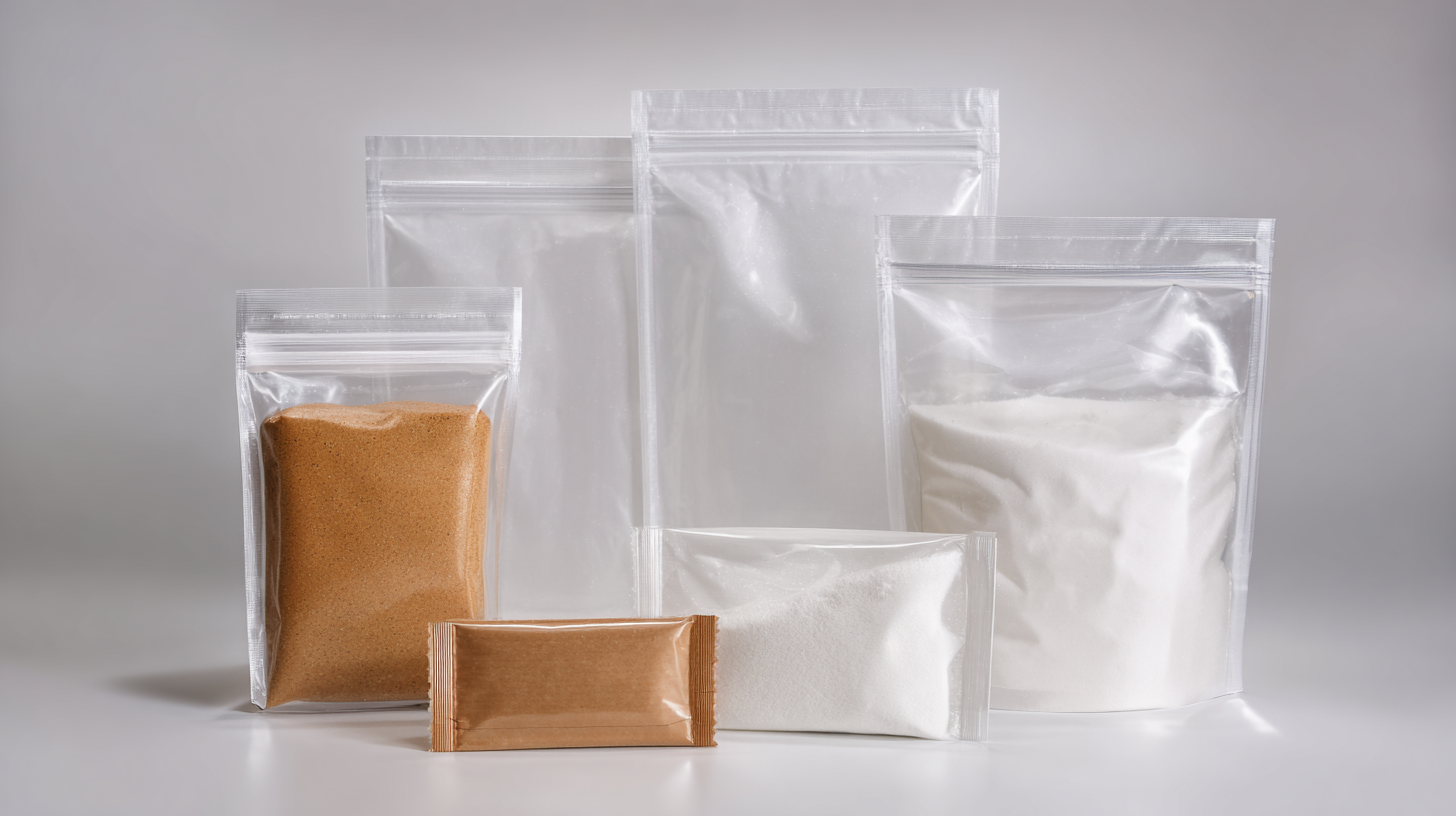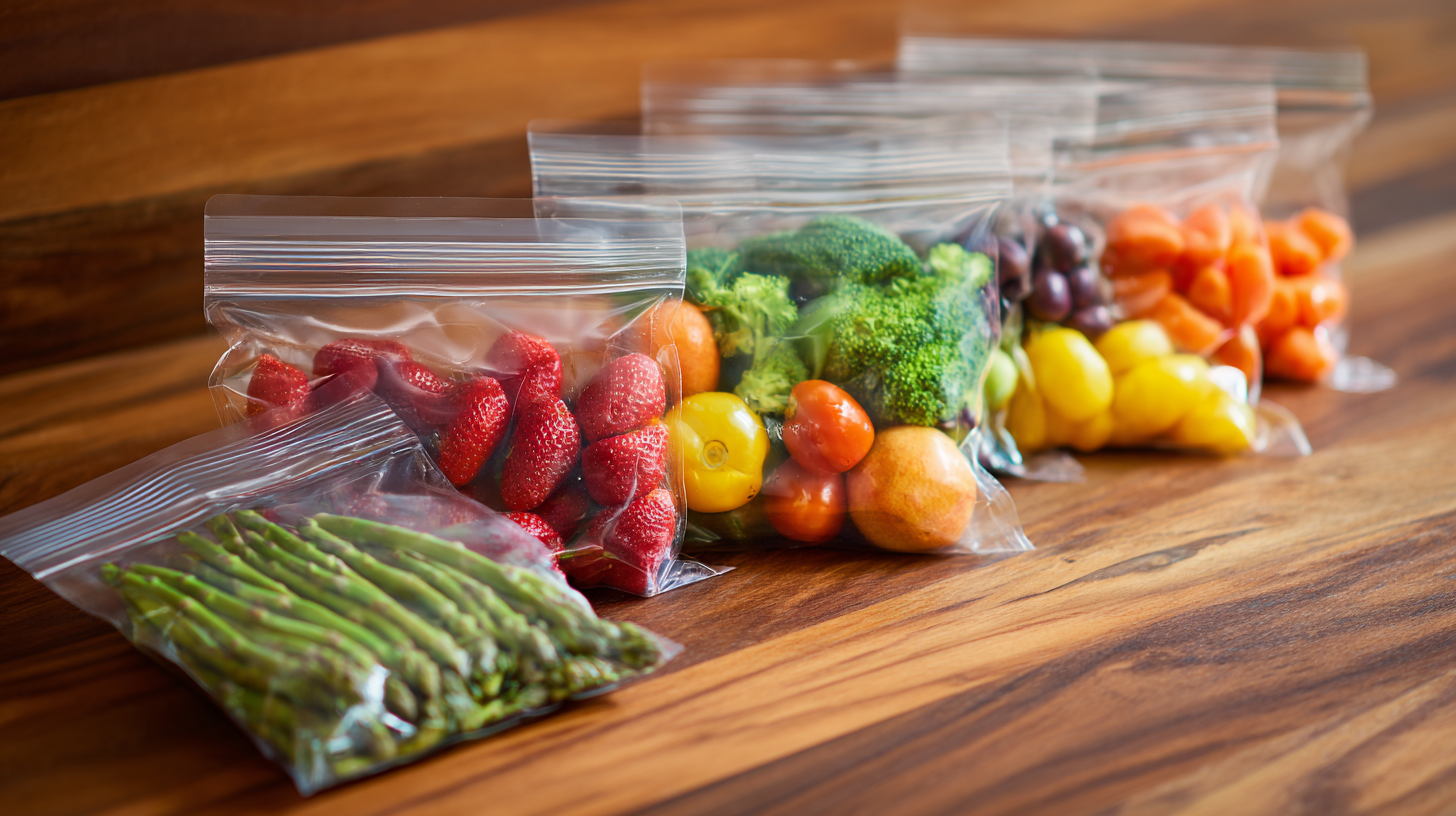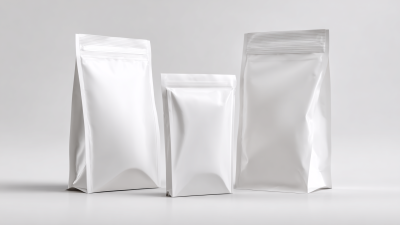Leave Your Message
In today's fast-paced world, the laminate pouch has become an indispensable tool for organizing, protecting, and enhancing the presentation of various documents and items. Whether you're a teacher preparing materials for a classroom, a business professional archiving important paperwork, or a crafty individual looking to preserve cherished projects, mastering the art of laminate pouch usage can significantly impact your efficiency and creativity. However, many users often overlook essential techniques that can elevate their laminating experience. This guide provides you with 15 crucial tips designed to maximize your laminate pouch utility, ensuring that you achieve the best results and effectively utilize this versatile tool. From selecting the right pouch to troubleshooting common issues, we’ll cover everything you need to know to harness the full potential of your laminate pouches.

Laminate pouches play a crucial role in preserving important documents, photos, and artwork, making them an essential tool for both personal and professional use. These pouches come in various sizes and thicknesses, providing a protective layer that shields your items from wear and tear. Common uses for laminate pouches include safeguarding certificates, enhancing the durability of menus, and protecting instructional materials in educational settings. By understanding their purpose, you can effectively utilize laminate pouches in your everyday life.
To maximize your laminate pouch usage, consider a few essential tips. First, always ensure that you're using the appropriate thickness of laminate pouches for your specific documents. Thicker pouches provide better protection for items that will be handled frequently. Additionally, it's important to pre-condition your laminator, allowing it to reach the optimal temperature for effective sealing. This can prevent issues such as bubbling or improperly sealed edges. Lastly, keep your pouches free from dust and debris before laminating to ensure a clear, professional finish. By following these tips, you can enhance the longevity and appearance of your laminated items.
This chart represents the distribution of laminate pouch usage across different industries, showcasing the versatility of laminate pouches in various applications.
When it comes to laminating documents, selecting the right pouch is crucial for achieving optimal results. According to a recent report from the Business Communications Industry Association, 65% of document failures can be attributed to improper laminating materials. This highlights the importance of choosing the appropriate laminating pouch, as it can significantly affect both the appearance and durability of the final product.
Laminating pouches come in various thicknesses, typically measured in millimeters, and selecting the right thickness is essential for different projects. For instance, a 3 mil pouch is ideal for everyday documents that require basic protection, while a 5 mil or thicker pouch is suitable for items exposed to more wear and tear, such as signs or frequently handled materials. The quality of the laminate, usually defined by optical clarity and heat resistance, also plays a vital role in the longevity and usability of your documents. Tools like the Laminating Pouch Selector, recommended by experts, can guide users in matching pouches with their specific needs, ensuring professional results every time.
| Tip Number | Tip Title | Description | Recommended Pouch Thickness |
|---|---|---|---|
| 1 | Choose the Right Size | Make sure the pouch is larger than the item to avoid sticking. | 3 mil or 5 mil |
| 2 | Select the Appropriate Thickness | Thicker pouches are more durable but require higher heat settings. | 5 mil or 10 mil |
| 3 | Optimize Temperature Settings | Adjust your laminator’s settings based on pouch thickness. | 10 mil |
| 4 | Seal Pouches Properly | Ensure edges are sealed completely to prevent moisture ingress. | 3 mil |
| 5 | Avoid Overheating | Too much heat can warp documents. Use trial runs. | 5 mil |
| 6 | Store Pouches Safely | Keep laminating pouches away from direct sunlight and humidity. | All thicknesses |
| 7 | Test on Scrap Material | Experiment with settings on scrap to find the best fit. | 5 mil |
| 8 | Use Quality Laminating Film | Invest in high-quality laminating pouches for best results. | All thicknesses |
| 9 | Keep Pouches Flat | Do not bend pouches before use, as it can affect sealing. | All thicknesses |
| 10 | Laminating Order Matters | Laminating thicker documents first can help adjust settings. | 5 mil |
| 11 | Cool Down Process | Allow laminated items to cool fully to maintain quality. | All thicknesses |
| 12 | Trim Pouches After Laminating | Cut excess pouch material to create a neat finish. | 3 mil |
| 13 | Consider UV Protection | Some pouches provide UV protection for long-lasting documents. | All thicknesses |
| 14 | Proper Alignment | Align documents centrally in the pouch for even sealing. | All thicknesses |
| 15 | Check for Air Bubbles | Remove any air bubbles before sealing for a crisp finish. | All thicknesses |
 When it comes to effective lamination, having the right tools is essential. First and foremost, investing in a high-quality laminating machine can make a significant difference. Look for one that accommodates various laminate pouch sizes and offers adjustable temperature settings to ensure compatibility with different materials. This flexibility allows you to tackle a wide range of projects, from simple documents to more intricate designs requiring heavier pouches.
When it comes to effective lamination, having the right tools is essential. First and foremost, investing in a high-quality laminating machine can make a significant difference. Look for one that accommodates various laminate pouch sizes and offers adjustable temperature settings to ensure compatibility with different materials. This flexibility allows you to tackle a wide range of projects, from simple documents to more intricate designs requiring heavier pouches.
In addition to a reliable laminating machine, consider keeping essential supplies like extra laminate pouches on hand. Having a selection of thicknesses available enables you to choose the perfect fit for each project. A paper trimmer is also invaluable for achieving clean, precise cuts—critical for ensuring a professional finish. Lastly, a pair of quality scissors and corner rounders can add those finishing touches, enhancing both the aesthetic and durability of your laminated items. With these must-have tools, you'll be well-equipped to maximize your lamination efforts, ensuring every project is a success.
Laminating your documents is a fantastic way to preserve important papers and enhance their durability. To start, ensure you have the right materials: high-quality laminate pouches and a reliable laminating machine. Begin by preparing the documents you wish to laminate. Make sure they are clean and free from wrinkles, as any imperfections will be magnified once sealed in the laminate. Position each document carefully within the pouch, allowing for a slight margin around the edges to avoid sealing issues.
Once your documents are ready, start the laminating machine according to the manufacturer’s instructions. Allow the machine to fully warm up for optimal results. Feed the laminate pouch through the machine carefully, ensuring it enters straight to avoid jams. After laminating, let the pouches cool before trimming any excess edges. This helps in achieving a neat, professional finish. Remember that proper lamination not only protects your documents but also enhances their presentation, making them look sharper and more professional. With these steps, you can easily master the art of laminating and enjoy the benefits for years to come.

To ensure the longevity of your laminated items, proper maintenance and storage are essential. Start by keeping your laminated pieces away from direct sunlight, which can cause fading and warping. Store them in a cool, dry environment where temperature fluctuations are minimal. It’s best to avoid stacking laminated items directly on top of each other without protection; instead, consider using dividers or protective sleeves to prevent scratches and creases.
Regular cleaning is also crucial. Use a soft, damp cloth to wipe down your laminated items, avoiding harsh chemicals that could damage the laminate. If necessary, a mild soap solution can help to remove stubborn marks without compromising the integrity of the laminate.
By following these maintenance tips and ensuring proper storage, your laminated documents will remain in excellent condition, ready for use whenever needed.






